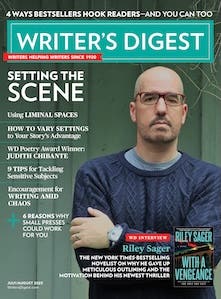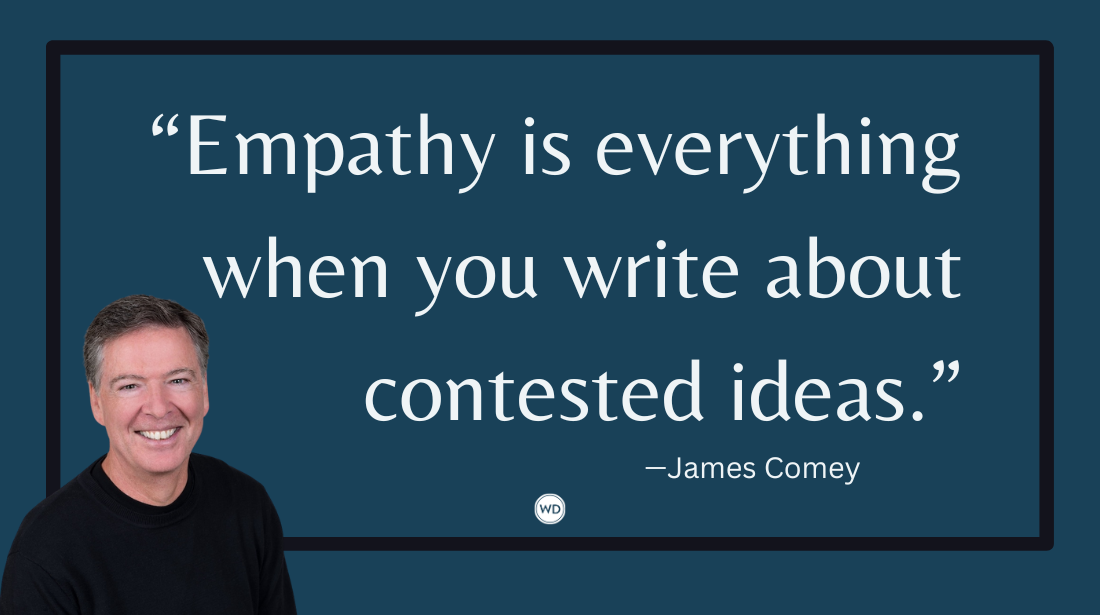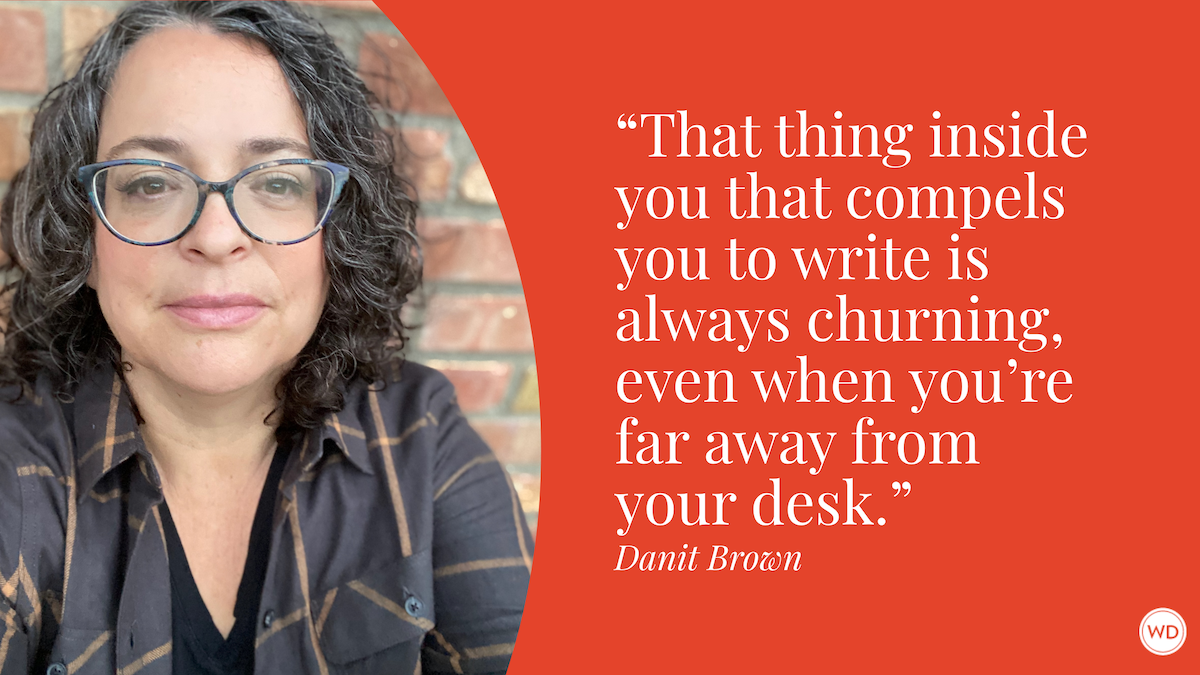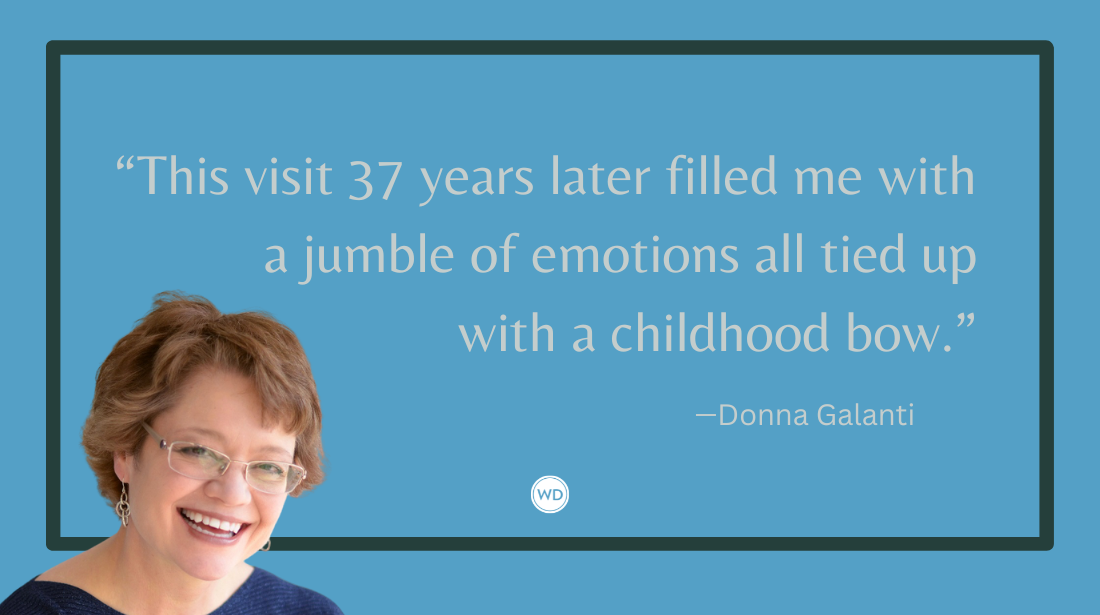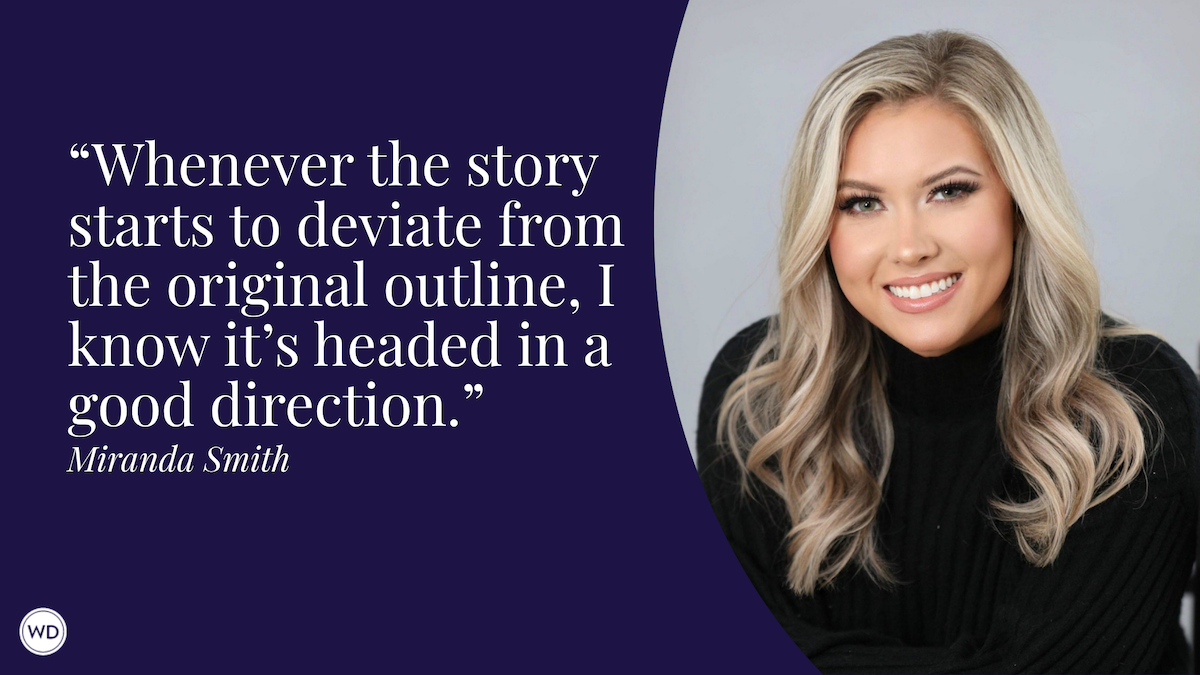Balancing a Compelling Story With Life Lessons in Middle-Grade Fiction
Bestselling author Gayle Forman discusses her process for balancing a compelling story with life lessons in middle-grade fiction.
One of the many reasons I love, love, love writing for kids is that they are very in touch with their BS detectors. There’s no room for grandstanding or self-indulgence in kidlit like there can be in (cough, cough) some adult literature. The kids just aren’t alright with this kind of navel-gazing. Along those lines, if I ever set out to inject a “life lesson” into one of my books, it would likely activate the communal gag reflex of the young and be rejected.
This is very lucky because not only do I never set out to write message books, I couldn't even if I wanted to. I write books about characters in situations—the messages that arise, and they always do—come organically and often belatedly. Usually when I’m drafting a book, I don’t even know what a book is really about until I’m well into it, or in some cases, until after I’ve finished it. They emerge through the characters' actions, as I propel them through a series of situations in an attempt to answer whatever questions are occupying me. Sometimes, the lessons are linked to whatever answers my characters lead me to; other times, not.
Take Frankie & Bug, my most recent middle-grade novel. The impetus for that book came after I re-read To Kill A Mockingbird when my daughter was reading it in middle school and was struck by how in some ways social progress has leapt ahead and in other ways stalled, or even moved backward. I wanted to examine why and as soon as I posed the questions, two tweens from 1980s Los Angeles showed up to answer it for me.
I’m not entirely sure I did answer it, but I did see it in a historical context and by having the two “historical” youngsters, hoped to give young readers who had not lived through the ancient history of the 1980s that perspective. In the end, the takeaway of that book for me was that it’s incumbent on all of us to collectively push for justice and equity—through action, not just thoughts or wishes or prayers—and that when we do, real change happens. But that might not be the takeaway for the reader. In fact, I know many readers connected with the found family and friendship themes and the depiction of Venice Beach in the 1980s. And educators find their own lessons from it.
The questions informing my new middle-grade novel, Not Nothing, were thornier. As I witnessed a resurgence of hate groups and white nationalism metastasize all around me, I thought about that famous Hannah Arendt quote, “The sad truth is that most evil is done by people who never make up their minds to be good or evil.” (Weighty stuff, I know, and that’s perhaps why I first conceived this as an adult novel, wrote a draft, and then, with the help of one of my favorite booksellers, realized it was “wasted” on the grownups and it became a much better book for kids.) I no more think people are born evil than I do think they are born able to play a cello concerto. How did one learn evil? Was it simply by not learning goodness, not choosing goodness? And how could one choose goodness if the option had not been made available?
These questions ultimately brought me to the fictional assisted-living facility called Shady Glen, where 12-year-old Alex is forced to volunteer for the summer after doing something very bad. There he meets Josey, a 107-year-old Polish Jew who has outlived everyone he’s ever known and loved and is sitting in what he calls the “antechamber of death” waiting to die.
After the two strike up an unexpected friendship, Josey begins telling Alex a long-untold story about a Polish woman who used to work at his family’s store, a woman who starts out small and embittered and perhaps might’ve gone down a murky current toward evil, or at least doing nothing while evil raged around her, but instead was invited to rise to the occasion of her own life, was given an avenue and a reason, to be good, to be heroic even.
I have spent most of my professional life writing about and for young people and have witnessed how for all the lip-service we pay toward the importance of children, there is a tendency within institutions and among young people themselves, to hold children to an impossibly high standard that leaves little room for mistakes. Though I’ve been aware of this since my reporting days back in the also-now-historical 1990s, I don’t think I fully understood how much potential is squandered by not inviting children to rise to the occasion of their lives, even if they’ve made enormous mistakes before, especially if they’ve made enormous mistakes before, until I spent 50,000 words (and seven years) with Alex and Josey.
Though Alex’s crime is grave, I forgive him and wrote him in the hopes that readers might, too. But they might not. That is no longer for me to decide. The wonderful and terrifying thing about writing a book is that once it’s out in the world, it’s not yours and people may judge Alex—and by extension, me—harshly. But I go back to where I began. The startling moral clarity young people can have if we give them the space to have it, the ability to forgive and to rise to the occasion. That’s a lesson I can’t teach them but it’s an invitation I can, and will, offer them.
Check out Gayle Forman's Not Nothing here:
(WD uses affiliate links)
Award-winning author and journalist Gayle Forman has written several bestselling novels, including those in the Just One Day series, Where She Went, and the #1 New York Times bestseller If I Stay, which has been translated into more than 40 languages and was adapted into a major motion picture. Her first middle-grade novel, Frankie & Bug, was a New York Times Best Children’s Book of 2021. She lives in Brooklyn, New York, with her family. (Photo credit: Laina Karavani)


